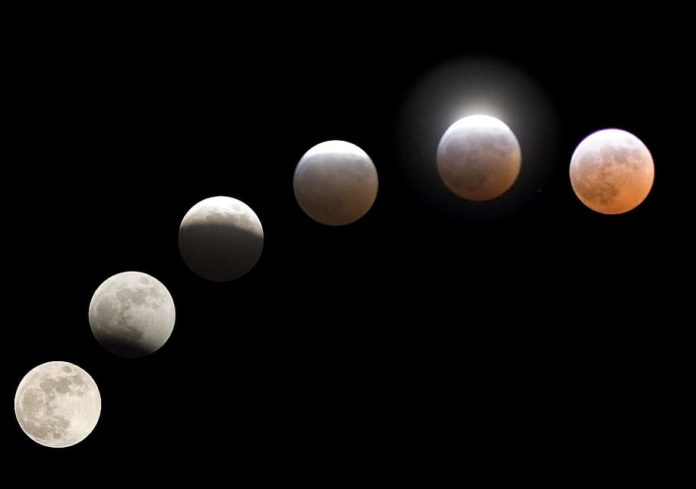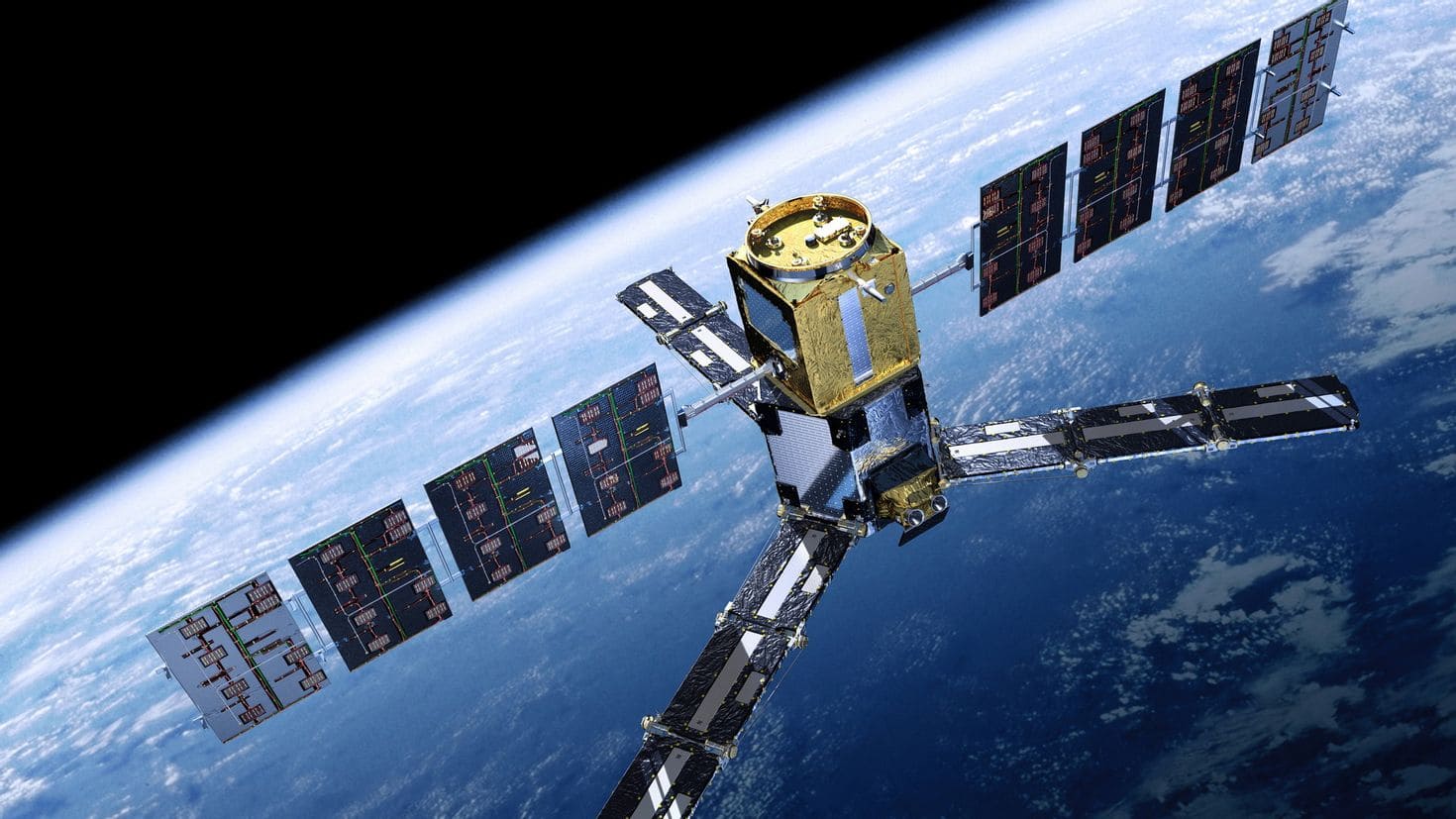Probably, each of us admired the beautiful crescent moon or the rounded full moon, romantically shining at night. But why is the moon so changeable and changes its appearance with enviable regularity? Let’s take a closer look at the causes of this amazing phenomenon.
The reasons for the change in the phases of the Moon
The main reason for the change of phases of the Moon lies in the peculiarities of its movement around the Earth. The moon moves in an elliptical orbit with a length of about 780 thousand kilometers. A complete revolution around our planet takes an average of 29 days, 12 hours and 44 minutes. This period is called the sidereal month.
At the same time, the Moon does not emit its own light, but only reflects the sun’s rays. Since the Moon moves around the Earth, sunlight illuminates its surface at different angles depending on its position. We see only that part of the Moon’s surface that is illuminated by the Sun at the moment.
When the Moon is in a new moon, its shadow side is completely facing the Earth, and we do not see the illuminated part. Then, as the Moon moves in orbit, the Earth illuminates an increasing proportion of the Moon’s visible surface.
The crescent moon begins to grow, we observe the phases of the first quarter and half moon. On a full moon, the entire visible side of the moon is illuminated by the Sun. Then the situation changes to the opposite, and the illuminated area of the Moon begins to decrease until the new new moon.
So the closed cycle of phase change repeats every 29.5 days on average. In fact, due to the nature of the movement, this time varies from 29 to 33 days for different lunar cycles.
Calendar of lunar phases
For the convenience of predicting the phases of the Moon, astronomers create special calendars of lunar cycles. They accurately indicate the dates of the main phases for months and even years ahead.
Thanks to these calendars, you can know in advance when there will be a new moon or a full moon.
Knowing the dates of the main phases, it is possible to imagine intermediate changes in the visible appearance of the Moon.
Since ancient times, people have believed that the changing phases of the moon affect all life on Earth. Indeed, the tides obey the lunar cycle, and some animals show behavioral changes.
However, this effect has not been scientifically confirmed. Rather, the lunar phases simply serve as a convenient temporary reference point in nature, including for migratory birds migrating at night.
Sometimes, under certain conditions, the Moon can turn bluish or even blue. This is an optical illusion caused by the refraction of light in the Earth’s atmosphere.
Such rare “blue moons” can be observed during forest fires or volcanic eruptions, when a lot of dust and smoke gets into the air. Despite the illusory coloring, the sight of the “blue moon” always attracts people’s eyes.
All the major planets of the Solar system have their moons. For example, Jupiter has more than 75 of them! Mars has two small moons, Phobos and Deimos. Each moon also has a cycle of phases, but it depends on the features of movement around the mother planet.
Studying various satellites helps scientists to better understand the processes taking place in the Solar system. This knowledge helps to plot the trajectories of spacecraft for deep space exploration.
The moon as an object of study
The exploration of the moon and its phases has led to many important discoveries in science. In particular, observations of the Moon made it possible to prove that the Earth is a spherical celestial body, and not flat, as previously thought.
The analysis of the lunar terrain and rocks delivered by the Apollo expeditions greatly advanced our knowledge about the formation of the Solar System 4.5 billion years ago. Lunar exploration continues today with the help of orbital probes and telescopes.
Thus, the changing phases of the Moon is an exciting space show played out in front of us every month. Watching the changeable Moon, we get a little closer to solving the mysteries of the universe.



